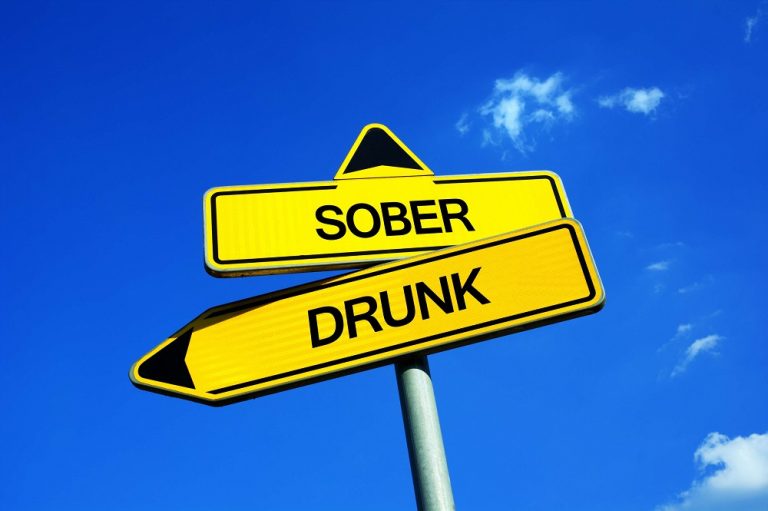This center accepts insurance, exact cost can vary depending on your plan and deductible. We create a substance-free environment to promote healthy living and encourage long-lasting sobriety. We provide a substance-free environment to empower you to achieve your recovery goals. In addition, during the first phase of treatment, residents participate in Hope House’s Structured Outpatient Addiction Program (SOAP), which includes individual and group therapy sessions.
- Everyone is welcomed and valued, regardless of race, religion, status, or identity.
- This may include mental health treatment, medical care, food security, employment, education, relationships, and housing.
- At Hope House Boston Review we embrace the concept that this study confirms.
- But if putting yourself in a healthy place means walking away from others, then that’s OK too.
- Recovery.com has connected directly with this treatment provider to validate the information in their profile.
- Most facilities have house rules and an orderly environment that promotes sobriety, responsibility and accountability.
Outpatient Addiction Treatment
Our advisory council brings together leaders in behavioral health, technology, and business. Their diverse expertise ensures our resources and product are innovative, evidence-based, and effective. They guide our mission as accomplished individuals dedicated to improving the landscape of addiction recovery and mental wellness. It may suggest tools and resources that offer information, treatment services, self-help (or “DIY”) tools, and/or ways to connect with others. For any and all suggestions, comments, or questions, please contact Mental Health America. In individual therapy, a patient meets one-on-one with a trained psychologist or counselor.
What levels of care does Eco Sober Houses offer?
With two great Hope House Boston Review locations, Lowell is an amazing place to call home-base for your sober journey. Our homes in Lowell are comfortable and convenient, and provide a supportive, sober-focused family community. Clients work or volunteer for 30 hours a week, participate in weekly small group meetings, and prepare for transition into supportive housing or a return to family during the third phase. Residence in the organization’s “Graduate House” is available to men who apply and receive strong recommendations from affiliated individuals in recovery. Alumni actively continue in all available services, including case management and outpatient therapy.
- It all starts with a modern living facility in a convenient location, with fully furnished rooms and essential appliances.
- Eco Sober is established to empower individuals to stay abstinent beyond their time in our sober house.
- Hope House Addiction Services is the oldest and one of the largest residential rehab centers in Massachusetts.
- The absence of a stable, alcohol and drug free living environment is a monumental obstacle to maintained abstinence.
- Massachusetts Center for Addiction accepts most major health insurance plans.
Building a Recovery Community
It offers undergraduate and graduate programs including Online and Continuing Education programs. Without the structure of a daily schedule and accountability of others around you, it can be easy to fall back into old habits that are not productive for your sobriety. The staff at sober living homes are trained to help hold you accountable for your actions while living there. All rooms at our sober houses have been recently renovated to provide homelike accommodations. We provide personalized treatment by utilizing evidence-based practices from a strength-based perspective for men and women living with a Substance Use Disorder (SUD).
Hope House Addiction Services
Another option would be to finance your stay at a sober living facility. This option may not be ideal, but seeking out a loan can be helpful if you move forward on your path to sobriety. A sober living facility is a residential accommodation where individuals recovering from substance use disorders can live in a structured, supportive and substance-free environment.
Accommodations for Sober Living
Once they reach the work phase of the program, residents who are earning hope house boston review and compare with eco sober house wages are expected to pay a small fee each week for accommodations, according to the Hope House website. Public and private insurance plans are accepted, and a sliding fee scale is available for outpatient treatment. Going to a sober living home has proven to be an effective way for many people to reduce relapse and achieve long-term sobriety.
The absence of a stable, alcohol and drug free living environment is a monumental obstacle to maintained abstinence. Our East Boston house is a comfy three family home with three individual apartments all living together as one sober family. Studies confirm that the absence of a stable, alcohol and drug free living environment is a monumental obstacle to maintained sobriety for even the most motivated individuals (see the latest study here). With locations around the Boston area Hope House Boston Review homes are ideal for anyone looking to maintain their sobriety by living in the safe, comfortable environment of a sober house. This means in order to enter a home you must arrive and remain sober and commit to frequent weekly drug screenings while living in their homes.
Photographs feature softball and basketball teams and an on-site gym and industrial kitchen. Keep your profile updated with photos, videos, services, and contact details to connect with the right people. Since 2013, our expert team has built comprehensive resources you can trust to find the right treatment for you. All four alumni polled by Best-rehabs.com to date provided positive feedback for Hope House Boston. Each rated the effectiveness of treatment either four or five out of five stars. Centers are ranked according to their verified status, relevancy, popularity, specializations and reviews.
Gorham StreetThis is a great house with a small group of people who really have an incredibly strong “stay sober” attitude. Located a minute’s walk to the train station and just blocks from downtown Lowell. It’s located on a quiet side street with plenty of parking, it has easy highway access, and it’s just around the corner from the train. These structured living environments help people transition out of rehab.
Type of Care
When living in active addiction, the only relationship that mattered was the relationship between you and your substance. Through the help of a built-in community, you will be able to establish meaningful relationships and find value in like-minded community. Our sober house is more than a temporary place to stay — it is a place to start your addiction-free life. We believe that real recovery happens when you are truly understood and respected. That’s why all our efforts are focused on creating a space where you feel safe, no matter who you are. Everyone is welcomed and valued, regardless of race, religion, status, or identity.
Genetic factors may be at play when it comes to drug and alcohol addiction, as well as mental health issues. Family dynamics often play a critical role in addiction triggers, and if properly educated, family members can be a strong source of support when it comes to rehabilitation. Completing a drug or alcohol rehab program shouldn’t spell the end of substance abuse treatment. Transitioning from a rehab program to integrating back into the real world can be challenging. Sober living homes are equipped with plenty of resources to help you find and maintain a job or continue working toward your educational goals. The benefits of sober living extend from interpersonal relationships to less risk of relapse.
Accurate, complete profiles best connect you with the right people for your services. Maintain your profile by updating your photos, video links, treatment services, and contact details to ensure optimal visibility. Hope House Boston Review Sober Living is a private rehab located in Boston, Massachusetts. Hope House Boston Review Sober Living specializes in the treatment of Substance Addiction. University of Massachusetts LowellA nationally ranked, public research institution, partof the University of Massachusetts system.
Their opinions were split between three- and five-star ratings for the staff’s level of training and experience. “The staff is comprised of ex-addicts who take their sobriety serious and are always willing to help you,” one alum wrote anonymously. According to the facility’s website, the Hope House treatment team includes numerous social workers and substance abuse counselors, several of whom hold master’s degrees.
Addressing the opioid crisis is a priority, and the rehab center emphasizes education, 12-step concepts, and re-integration into the local community. Our East Boston house is a comfortable, conveniently located home where you’ll fit right in with our sober family. Women’s Sober Living and Recovery House is a health center in Malden, MA that offers various evidence-based practices and referral services to support clients suffering from addiction. This may include mental health treatment, medical care, food security, employment, education, relationships, and housing. A patient may be referred to community programs and/or practitioners who have affiliation agreements with Hope House Addiction Services to address special needs.



